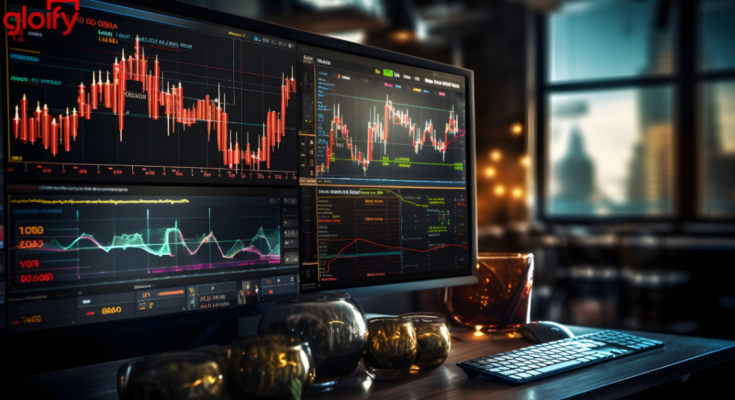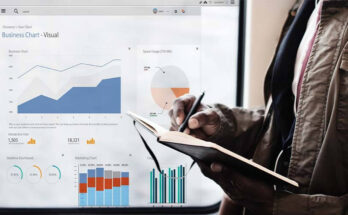AI’s most tangible advantages lie in its ingesting massive amounts of data from numerous sources, analyzing it at blistering computational speeds, identifying patterns and opportunities, making trading decisions, and executing orders incredibly rapidly – far beyond what any human traders or teams of analysts can match. In today’s markets, where trading windows can open and shut in milliseconds, this real-time edge is pivotal in capitalizing on fleeting pricing inefficiencies, arbitrage possibilities, and short-term dislocations before the competition.
24/7 market vigilance
Unlike human traders constrained by working schedules, physical limitations, and cognitive computing power, AI algorithms can continuously monitor markets, economics data releases, news events, and social media sentiment around the clock without fatigue. This omnipresent vigilance ensures no potential trading catalyst ever slips through the cracks, as AI models ceaselessly scan markets across all asset classes, geographies, and time zones – rapidly ingesting and operationalizing new information the second it becomes available.
Elimination of human emotion and biases
Even the most skilled traders aren’t immune to insidious psychological biases like fear, greed, overconfidence, anchoring, regret, and loss aversion that can cloud rational decision-making and trade execution. AI trading systems, in contrast, are rules-based, emotionless, and systematically follow pre-defined strategies without falling victim to human foibles. This emotional discipline enhances trading performance by eliminating impulsive decisions from hopeful gambler mentalities.
Democratization of data analysis
Data is increasing at exponential volumes and rates. From traditional pricing data to social media sentiment, news events, consumer transaction trails, web traffic, satellite imagery, and “alternative data”, – the number of potentially actionable inputs for alpha generation is growing faster than human cognitive abilities. quantum ai techniques like machine learning, deep learning, and neural networks rapidly ingest all this disparate structured and unstructured “big data”, identify non-linear patterns with powerful predictive abilities, and incorporate them into live trading systems. It’s like having a hyper-intelligent army of analysts that never sleeps.
Portfolio construction and optimization
Beyond the mechanics of trade execution, fund managers leverage AI’s quantitative abilities for intelligent asset allocation, portfolio optimization, and automated risk management functions like hedging, position-sizing, and capital allocations. AI models dynamically adjust and rebalance portfolio risk profiles in real time as market conditions evolve – something nearly impossible for human analysts to match.
Back-testibacktestingation capabilities
Before risking capital on new trading strategies, hedge funds leverage AI’s immense computing horsepower to rigorously backtest strategies against decades of historical data or run simulated Monte Carlo scenarios to wargame and refine them. This iterative “dry run” process is invaluable in building conviction in quantitative models before graduating them to live deployment. AI helps surface hidden risks and unintended consequences.
Human Edge
AI models are potent tools for synthesizing data and executing defined strategies on a superhuman scale. But they are just that – tools.
Creative conceptualization
Contrarian investment theses, connecting disparate information, and developing out-of-the-box trading strategies require abstract cognition that AI currently lacks.
Contextual awareness
AI models must gain innate contextual awareness of real-world situations beyond training data boundaries. Human fund managers apply this qualitative dimension in interpreting AI outputs rationally.
Relationship intelligence
Sourcing proprietary deals, tapping valuable investment insights, capitalizing on insider flows – these depend on human skills in cultivating networks and securing privileged information channels.




